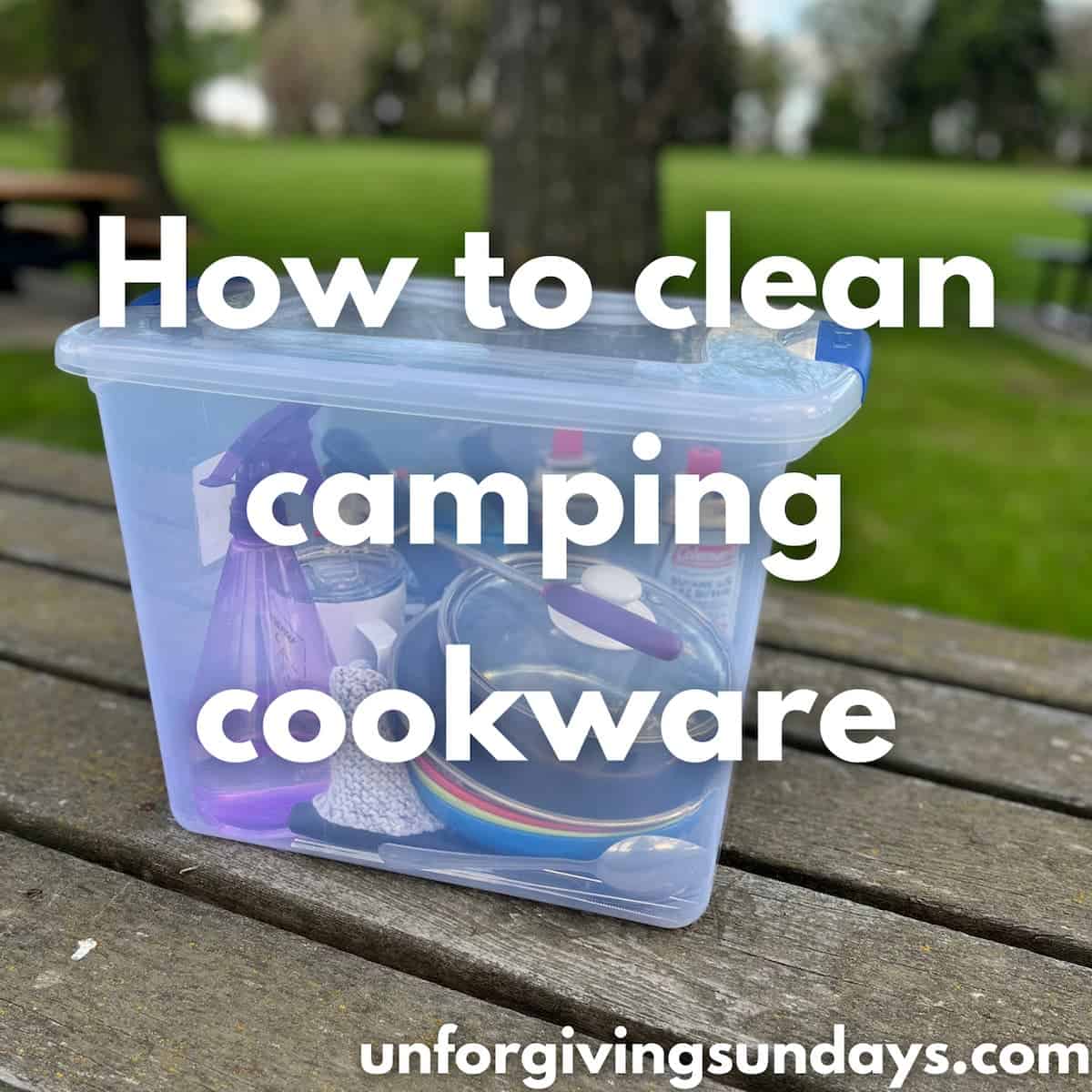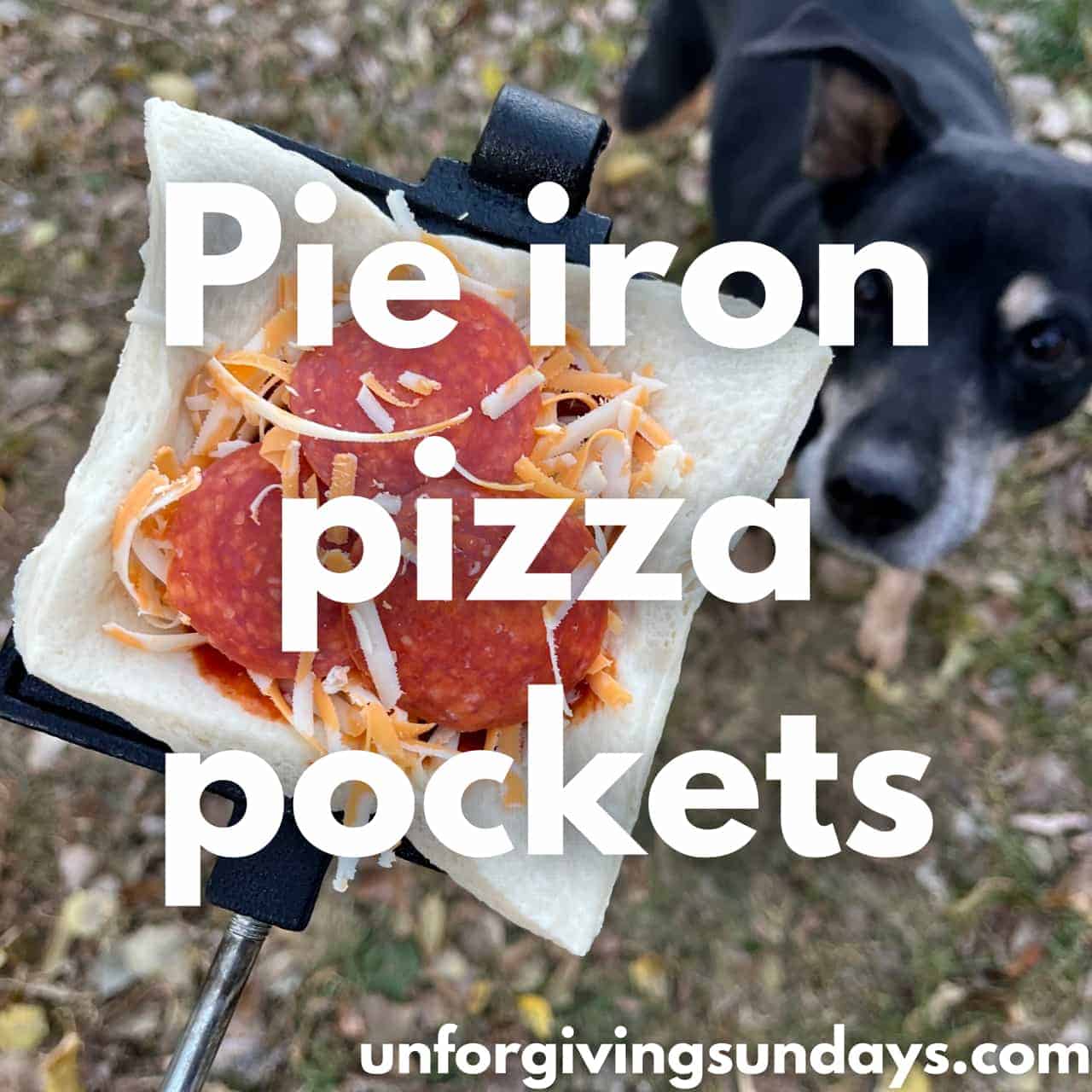The deer are out and something is… wrong. They’re stumbling, they’re drooling, they look like zombies. Hide your wife, hide your kids — it’s a case of zombie deer disease!
Zombie deer disease (better known as chronic wasting disease) is real and it’s hurting our cervids. Here is how hunters can help.

What is chronic wasting disease?
Chronic wasting disease, or CWD, is a neurodegenerative disease that affects cervids (deer, moose, elk, etc.). It is a prion disease, which means that it’s a disease caused by misfolded proteins. Other examples of prion diseases include mad cow disease, scrapie, and Creutzfeldt-Jakob disease. CWD is always fatal — there is no vaccine to protect animals, no treatments, and no cure.
Symptoms of chronic wasting disease include:
- Reduced activity levels
- Difficulty swallowing
- Excess salivation
- Excessive urination
- Increased thirst
- Lack of coordination
- Paralysis
- Difficulty breathing
- Separation from the other animals in the herd
- Unusual behaviour
- Weight loss
It might take two years before an infected animal starts to show symptoms of chronic wasting disease. Just because an animal looks healthy doesn’t mean that it isn’t infected. The only way to know for sure is by testing certain tissues after the animal has died.

How does chronic wasting disease spread?
CWD is contagious — it can be spread via prions by infected animals or contaminated environments. Prions are misfolded proteins that cause regular proteins to fold wrong too, which ultimately leads to cell death.
These prions can be found in saliva, urine, and feces; they are also spread by coming into contact with an infected carcass. This contaminates the environment, and unfortunately, prions can exist for years on plants or in the soil. CWD can also spread directly between animals.
Can humans get chronic wasting disease?
Although there are no documented cases of CWD in humans, the jury is still out on whether it is possible for humans to become infected. There is some evidence that other prion diseases (like mad cow disease) might spread to humans by eating infected meat, so it is better to be safe than sorry.
Can dogs and cats get chronic wasting disease?
There are no documented cases of dogs being infected with CWD (but this doesn’t mean it’s impossible). Cats, on the other hand, can be infected with CWD. Be cautious; if you feed your pets raw food, definitely don’t feed them the brain, spinal cord, lymph nodes, or spleen.

What is the impact of CWD on wildlife?
CWD can lead to a reduced population of cervids, which influences the overall ecosystem balance.
- Cervids are prey animals, which means that animals who prey on them are going to be impacted by the decrease in available food.
- A smaller population of cervids means less grazing, which is an important part of keeping vegetation (including invasive plants) in check.
- Habitat alteration can lead to increases in disease transmission, as animals move into new areas in search of resources.
- Animals infected with CWD can contaminate the environment, causing lasting impact on the soil and on water sources. This can disrupt the way nutrients are cycled through the environment.
All of these factors have critical impacts on the overall biodiversity, affecting far more than just the cervid population.

What can hunters do to help?
Submit the head for testing. As part of monitoring efforts in Alberta, you can/must submit the head (or various tissue samples) for testing. In exchange, you’ll get an email once they know if the animal is infected. This can take a few months, but you should definitely wait for the email before you eat anything, just in case. Make sure to check out the regulations for your area.
Report sick animals. If you are in an area that doesn’t do testing, you can still report sick animals to your local authorities. Try to include as much information about the location as you can. Although you can’t always tell when an animal has CWD, if you think something is wrong, it is better to report it than not say anything.
Safe handling and disposal. To prevent the spread, you should debone the meat and leave the carcass at the kill site (if you can). Wear gloves and try to avoid touching the brain, spinal cord, and lymph nodes (hot spots for prions). If you must transport the carcass, you should dispose of any remains in a landfill. NEVER TRANSPORT A CARCASS ACROSS PROVINCIAL BORDERS.
Advocate for conservation. As hunters, we have a responsibility to ensure that these activities can be enjoyed by future generations. Share information about CWD with your friends and family. Help them to understand the gravity of the situation and teach them about how they can prevent the spread too.

Photo by Bjørn Christian Tørrissen
What are wildlife agencies doing to help?
- Conducting CWD testing on deceased animals
- Running surveillance/monitoring programs
- Amending hunting regulations as a mechanism of population control and to reduce the spread of CWD
- Culling in areas with high prevalence rates
- Restricting the transport of animal parts
- Providing carcass disposal sites
- Working in collaboration with scientists to learn more about CWD
- Educating outdoor enthusiasts about their role in managing CWD
Other resources:
- The USGS: Distribution of Chronic Wasting Disease in North America
- Alberta Government: Chronic Wasting Disease — Information for Hunters
We all have a role to play in the prevention and management of chronic wasting disease. Find out what you can do to help by checking with your local authorities. In the meantime, if you have questions about keeping our wildlife healthy, let me know in the comments!




Leave a Reply